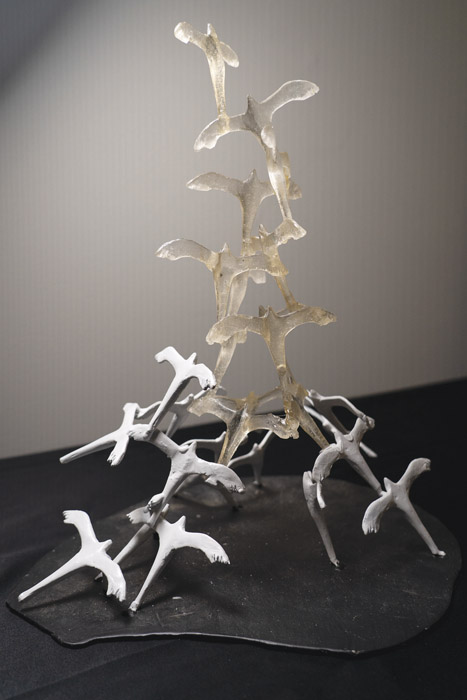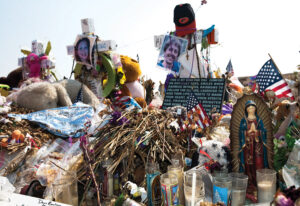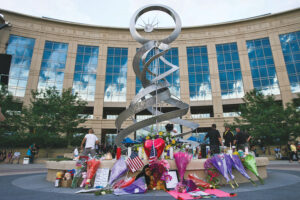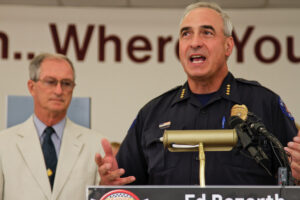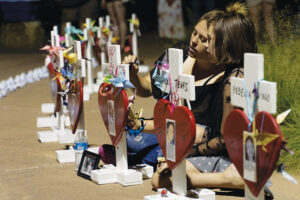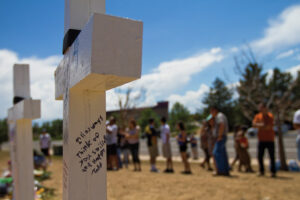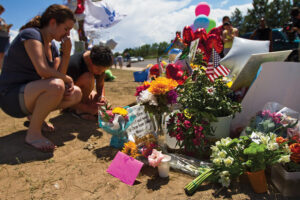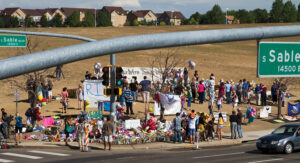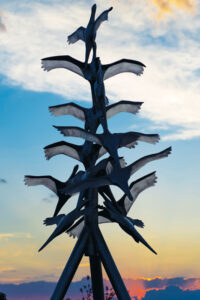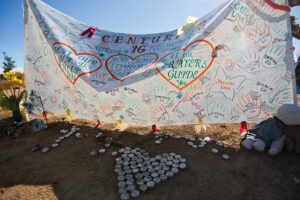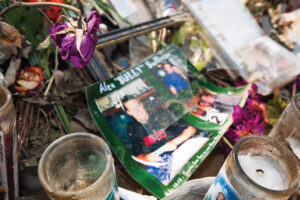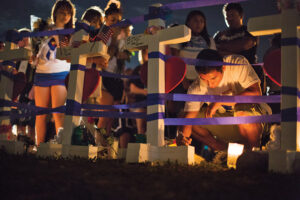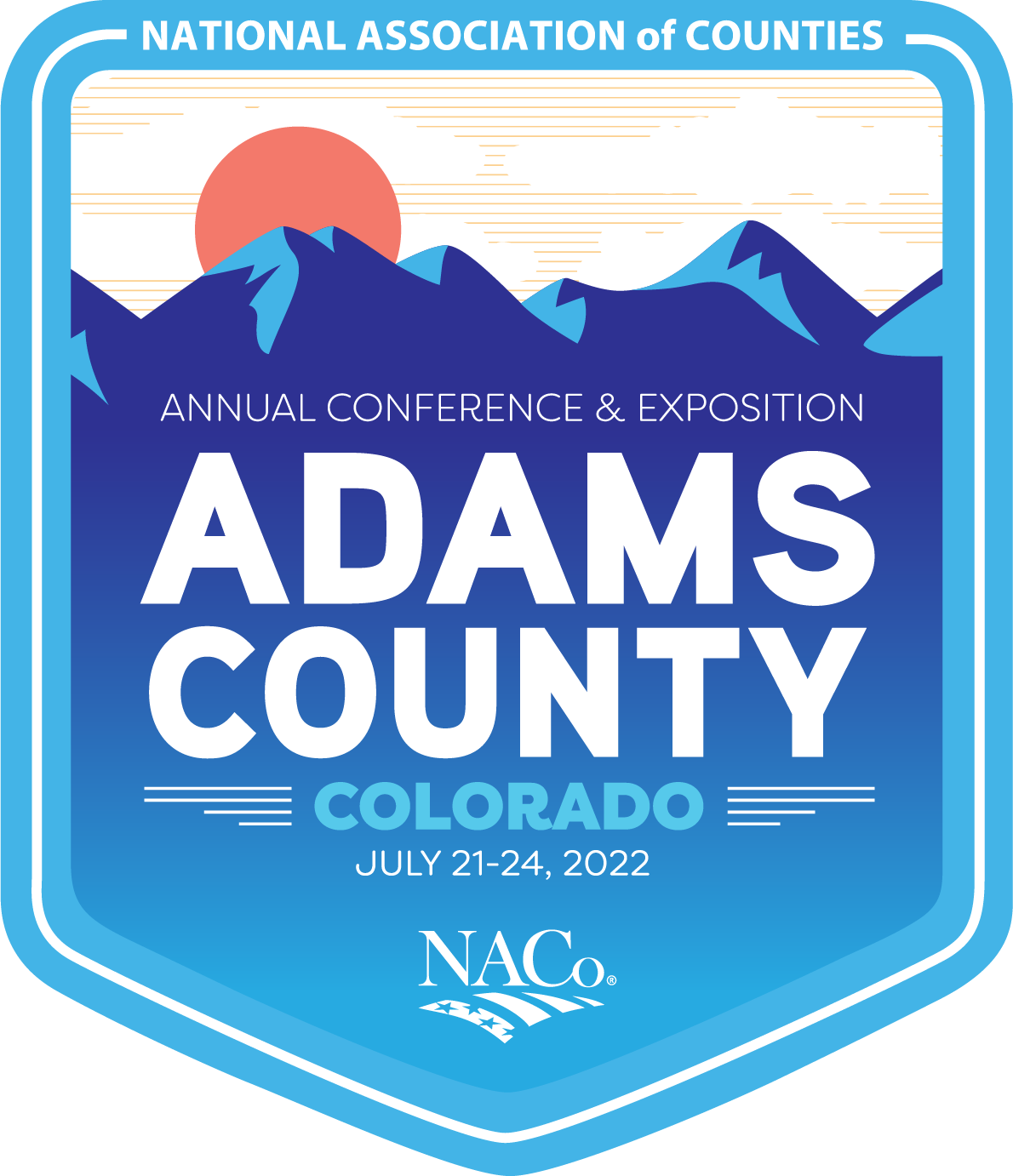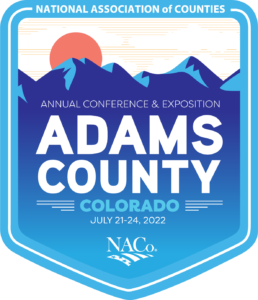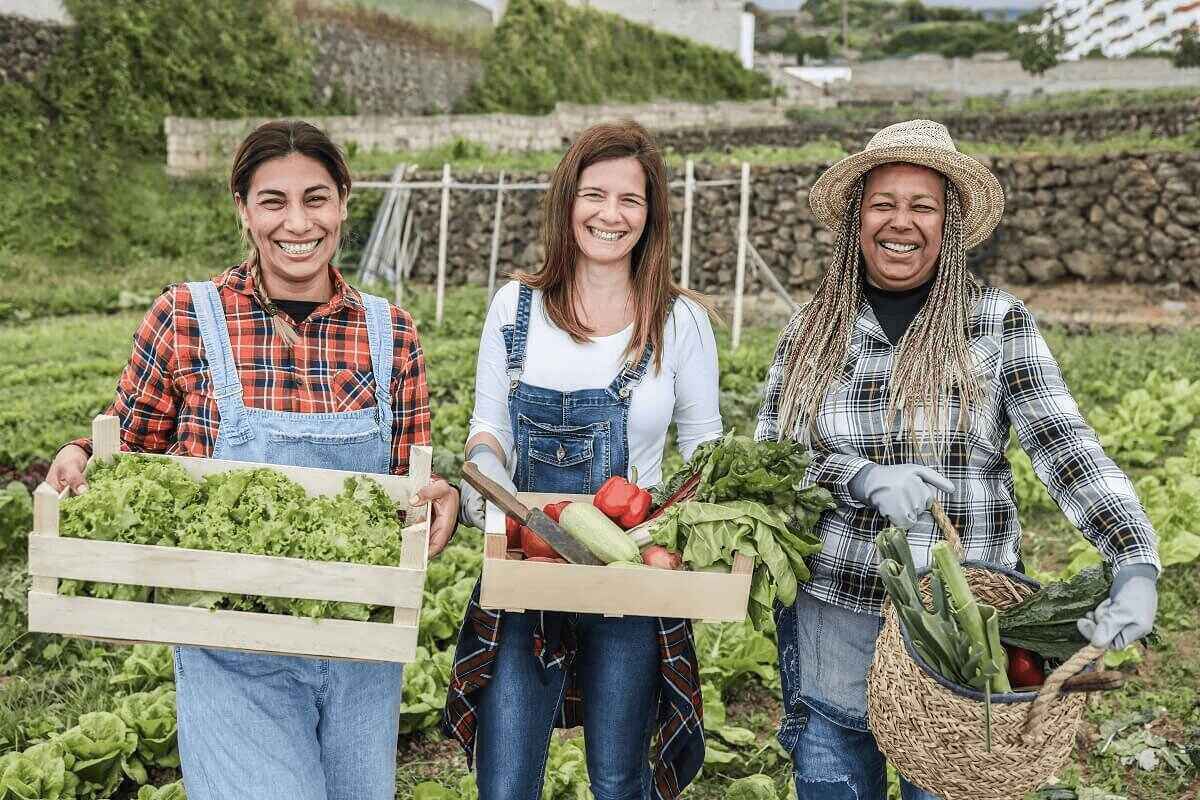
Growing your own crops, herding your cattle, heating your bathwater on the stove — “The Pioneer Woman” star Ree Drummond proves that any city dweller can transition to self-sustaining rancher.
So, where in America could you live like a modern-day Laura Ingalls Wilder or Anne of Green Gables?
To find out, Lawn Love ranked 2022’s Best States for Pioneer Women by comparing the 50 states based on their suitability to a “Little House on the Prairie” lifestyle.
How does Colorado stack up?
To come up with our ranking, we looked at eight different factors
- Wind Energy Use – 7th
- “Best States to Start a Farm or Ranch” Rank – 9th
- Percentage of Female Farm Producers – 9th
indicating a state’s friendliness toward farming (especially for women) and surviving off the grid.
State rankings
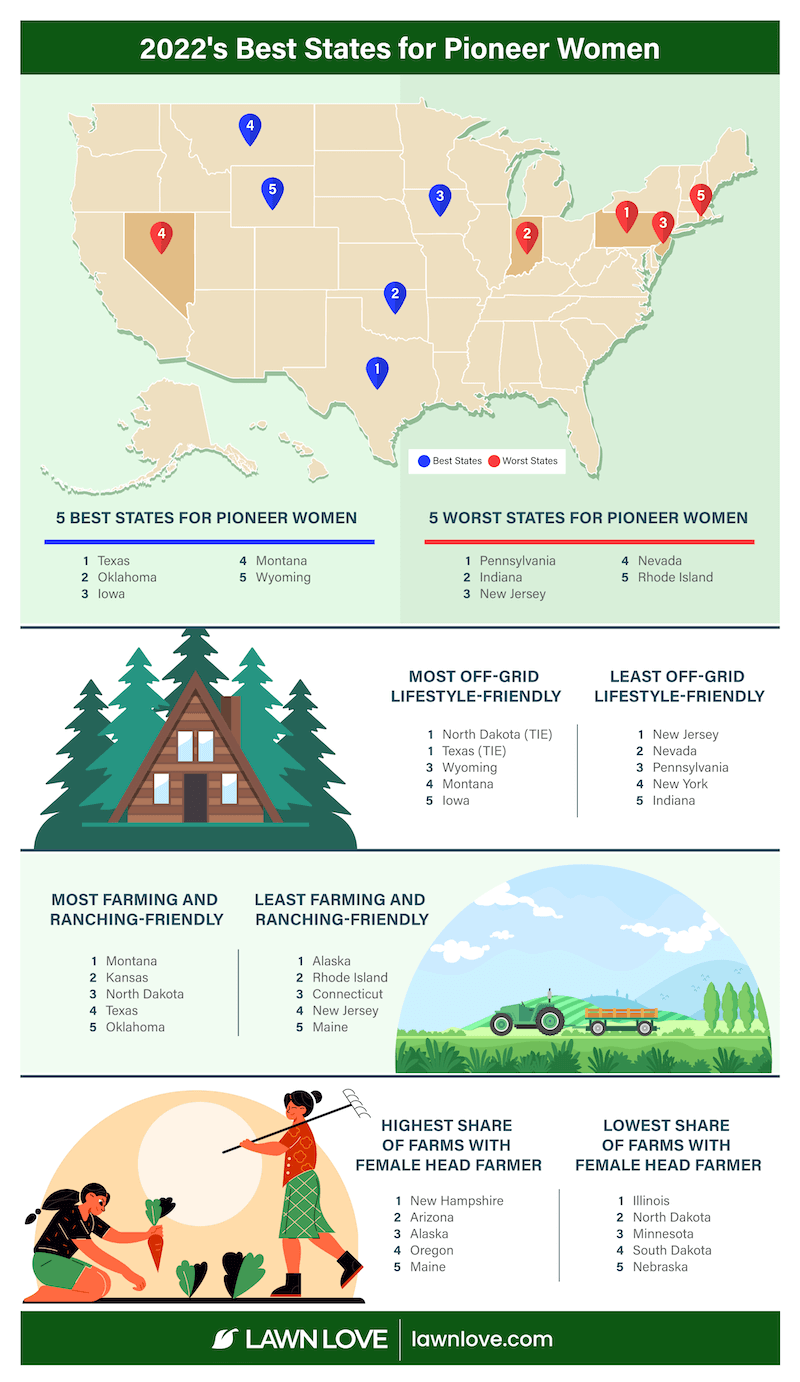
The upshot
Alone in the Lone Star State
If you dream of being a cowgirl (and isolating yourself from society), it doesn’t get better than Texas, our No. 1 Best State for Pioneer Women. Earning nearly 11 points more than Oklahoma, our silver medalist and Ree Drummond’s home state, the Lone Star State is most ideal for living off the grid.
Forget the generator — Texas leads in renewable energy use. The state produces the most wind energy (27% of the national total, in fact) and ranks only behind California in solar installations.
Farming or ranching promise to be a breeze here, too. Texas ranks an impressive fourth in this metric but loses points in the Female Farmer-Friendliness category for employing fewer women at its farms than in nearly half of the other states. Feel free to break that glass ceiling after breaking ground in Texas, ladies.
Pioneer for a Day in Utah
You’d think the only state to officially celebrate Pioneer Day would fare well in our ranking, but you’d be mistaken. The Beehive State — whose official state motto is “Industry” ironically because “early pioneers … had to rely on their own ‘industry’ to survive” — finished at a disappointing 44th place.
What went wrong? Some context is important here: Pioneer Day marks the day when the first Mormon pioneers settled the Salt Lake Valley in 1847. The holiday remembers the bravery of those settlers who sought freedom from religious persecution in Nauvoo, Illinois. In other words, it has little to do with celebrating the pioneer way of life.
Objectively speaking, Utah is not an ideal state for wannabe pioneer women. It ranked below average in nearly every metric except for solar energy use at No. 12. You can still be a Pioneer Woman in Utah — you’ll just need a lot more industry than you would in 43 other states.
Western (Front)ier and Center: Pioneer’s Paradise
Western and Central U.S. states clearly favor the Pioneer Woman lifestyle. Six of our top 10 states — such as Montana (No. 4), Colorado (No. 8), and Washington (No. 10) — lie in the West. Meanwhile, the other four make up part of the Central region. Iowa (No. 3) and Kansas (No. 9) are among them.
What do they have in common? Most of these states performed well in the Best States to Live Off the Grid and Best States to Start a Farm or Ranch rankings, which we relied on as primary indicators in our Pioneer Women study.
Many of the states in the upper half of our ranking are also prairie states, where the vegetation is dominated by grasses and shrubs and the climate is temperate. This combo makes these states best suited to farming and remote living.
Salty, Rusty States
Think twice before literally putting down roots in New England, Mid-Atlantic, and upper Midwest states like New York (No. 43), Pennsylvania (No. 50), and Indiana (No. 49). These states make up the super majority of our bottom 10.
They’re all part of a region known as the “Salt Belt” because of the heavy salt content on roads in winter. That salt ends up rusting many cars — hence the region’s other nickname, the “Rust Belt.”
Turns out this region is a bit rusty when it comes to welcoming pioneer women, too. It’s easy to blame the region’s poor rankings on its cold climate, but our worst states simply lack the right conditions for pioneer women.
There are some bright spots, though: Connecticut, New Jersey, and Rhode Island all rank high in share of female farmers. New York and Pennsylvania have plenty of big-box hardware stores, and New Jersey is among the top producers of solar energy.
Behind the ranking
For each of the 50 states, we first gathered publicly available data on the factors listed in the table below.
We then grouped those factors into two categories: Off-Grid Lifestyle-Friendliness and Female Farmer-Friendliness.
Next, we calculated weighted scores for each state in each category.
Finally, we averaged the scores for each city across both categories. The state that earned the highest average score is considered “Best” (No. 1), while the city with the lowest is “Worst” (No. 50).
Sources
Federal Housing Finance Agency, LawnStarter studies, national home improvement chains (Ace Hardware, Home Depot, Lowe’s, Menards, and True Value), Nebraska Department of Environment and Energy, Solar Energy Industries Association, and U.S. Department of Agriculture
Final thoughts: How to live like a Pioneer Woman
A quieter, simpler life is the promise of the new American frontier.
But going back to basics can be hard with such easy access to restaurants and grocery stores and modern comforts like cars, cellphones, and microwaves. (To be fair, Ree Drummond kept all of her gadgets.)
Whether you stay in the city or escape to your own patch of pastoral utopia, here are some ways to live more like a 21st-century Pioneer Woman:
1. Start an urban garden. If you hail from a concrete jungle, you can still grow your own fruits, vegetables, and herbs and even share your bounty with your neighbors. Build a container garden or vertical wall garden.
2. Compost your yard waste and food scraps. Composting is one of the easiest and cheapest ways to improve the quality of the soil in your backyard. You could even compost your grass clippings and use the nutrient-rich soil for your urban garden.
3. Raise chickens in your backyard. If you’re one of the lucky city dwellers to have a yard, consider keeping chickens for easy, free access to eggs. Check your city’s chicken ordinance beforehand to make sure you don’t step on any legal toes.
4. Cook from scratch. Ree Drummond is most popular for her downhome recipes. Take a page out of her cookbook and concoct a delicious dish in your own kitchen rather than eating out. Who knows, you might discover a hidden talent and become the next Food Network star.
5. Buy produce from farmer’s markets. Not only can you find fresher fruits and veggies from farmer’s markets, but you’ll also support your local farmers and minimize greenhouse gas emissions from shipping produce to your grocery store.
6. Learn wilderness survival skills. Hopefully you’ll never have to send a smoke signal to call for help. But if you pursue a remote life (as in “out in the wild,” not “working from home”), you’ll definitely want to learn how to rub two sticks to make a fire, so read up on basic survival tactics.
More from Lawn Love:
